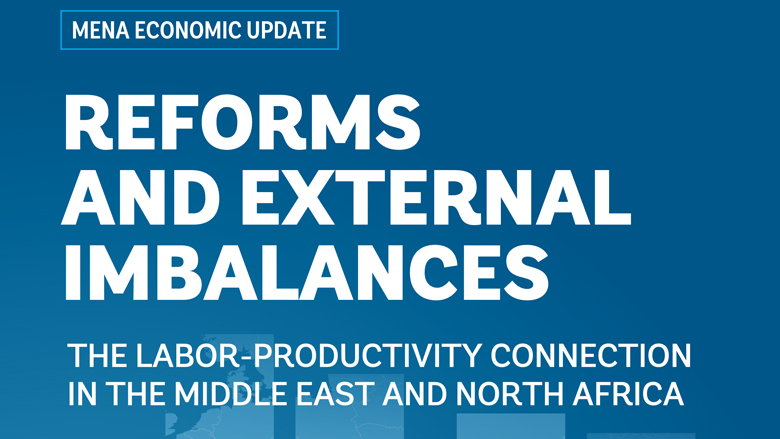World Bank economists expect economic growth in the Middle East and North Africa (MENA) to continue at a modest pace of about 1.5 to 3.5 percent during 2019-2021, with some laggards and a few emerging growth stars. While some MENA economies have maintained what this Update calls “unexplained” current account balances for several years, fiscal policy has lost some of its historical role as a driver of the current account. In addition, the region’s capacity to recirculate savings from one country to another also seems to have weakened, most notably since 2014, when the global restructuring of the oil market became abundantly apparent. The declining movement of savings across borders suggests that regional economies that tended to finance trade and current account deficits of other economies now face declining current accounts themselves. In the medium- to long-run, therefore, existing excess current account deficits must shrink gradually rather than wait until souring capital flows force current account deficit reversals upon MENA economies.
The closing of external imbalances can be accomplished gradually, but only if structural reforms are implemented quickly, because a fundamental driver of the deficits appears to be historically low growth and low aggregate labor productivity. The Moonshot can help; it is about setting ambitious but attainable goals that require structural reforms that can garner broad support from MENA’s decision makers and civil society alike. This report thus also discusses additional, perhaps more difficult structural reforms, that complement the digital Moonshot.
Chapter 1 : MENA’s Growth Prospects
This chapter summarizes the World Bank’s latest growth forecasts for MENA during 2019-2021. It also puts these projections in perspective by comparing the implied Gross Domestic Product (GDP) per capita growth rates to the region’s performance since 2011 and relative to the typical growth rates of economies with similar levels of development.
Chapter 2 : MENA’s Current Account Balances and Aggregate Labor Productivity
This chapter turns to the fundamental drivers of current account deficits around the world and in MENA. The international evidence from another new MNACE model indicates that both demographic changes and (relative) aggregate labor productivity are fundamental drivers of an economy’s current account balance.
Chapter 3 : Structural Reforms in Search of Aggregate Labor Productivity
This chapter concludes by discussing an agenda of structural reforms in the context of the Moonshot challenge. It covers areas of economic policy associated with potential gains in growth and productivity, but in which MENA’s experience and current circumstances are unique from an international perspective.
Economic prospects for:
Algeria | Djibouti | Egypt | Iraq | Iran | Jordan | Lebanon | Libya | Morocco | Palestine | Tunisia | Yemen

